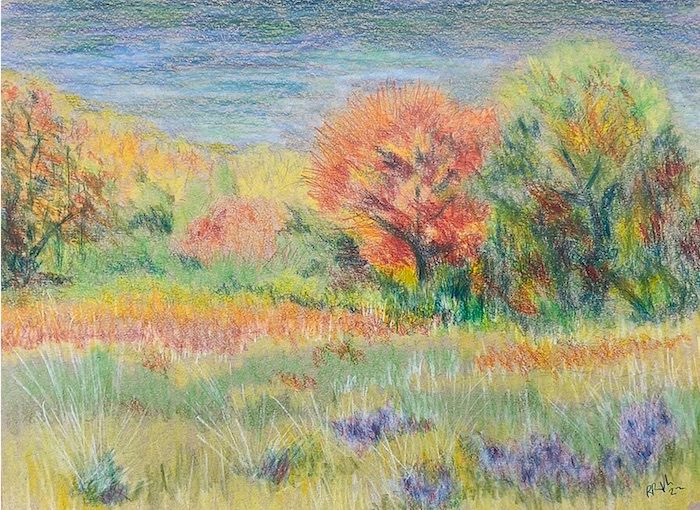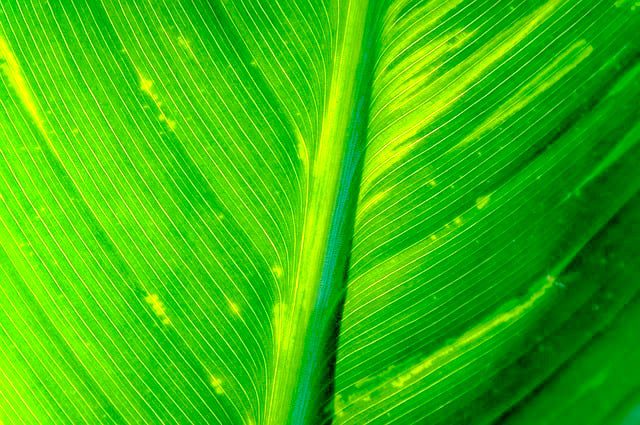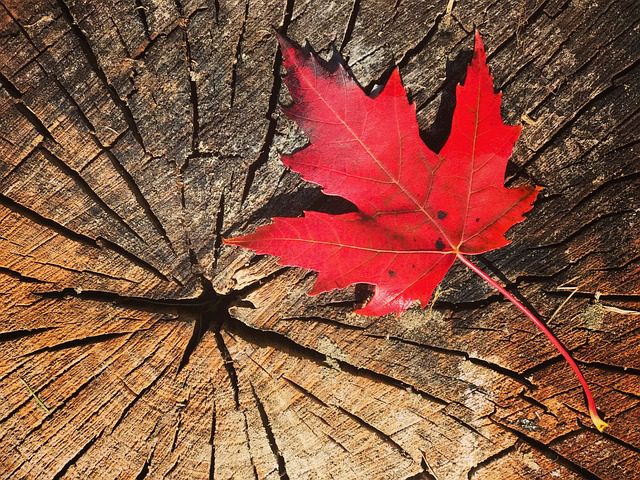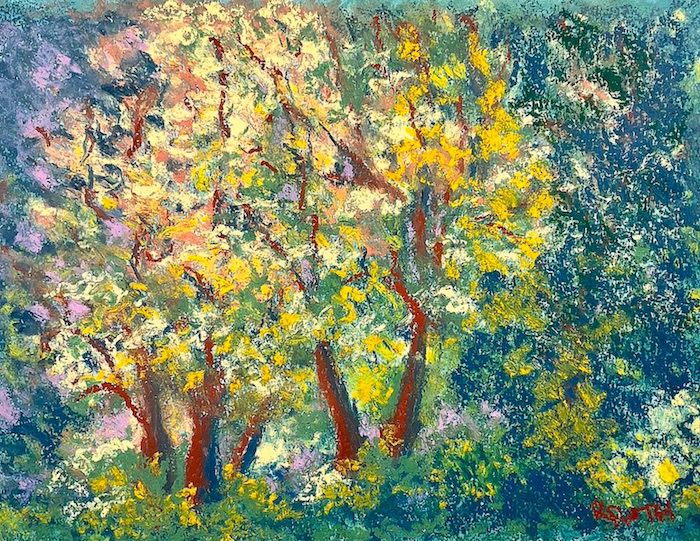Have you ever wondered why the lush green leaves of summer transform into a breathtaking array of reds, oranges, and yellows during the fall season? The phenomenon of leaves changing color is a captivating display of nature’s magic, and there is a scientific explanation behind this stunning transformation. Here’s why leaves change color in the fall.

The Science Behind Why Leaves Change Color in the Fall

The short answer – chemical processes taking place within the leaves produce the vibrant fall colors.
During the spring and summer months, leaves are green due to the presence of chlorophyll. Chlorophyll is a pigment that helps plants absorb sunlight and convert it into energy through photosynthesis. It’s what makes plants grow.
As the days grow shorter and temperatures drop in the fall, trees prepare for winter by shutting down their chlorophyll production. It’s like going into hibernation. As the chlorophyll breaks down and disappears, other pigments present in the leaves become visible. These pigments, such as carotenoids (which produce yellow and orange hues) and anthocyanins (which create red and purple colors), produce the stunning fall colors we admire.
Environmental Factors Affect Fall Colors

Environmental factors also influence the intensity and timing of fall colors. Temperature, sunlight, and soil moisture levels all play a role in determining the brilliance of the colors we see. A warm and sunny autumn with cool nights tends produces the most vibrant displays, as it leads to the breakdown of chlorophyll and the activation of other pigments.
Additionally, different tree species exhibit varying color patterns in the fall. For example, maple trees exhibit fiery red leaves, while the leaves of oak trees tend to turn a more subdued brown. The diversity of colors adds to the beauty and richness of the fall landscape.
Enjoying the Fall Colors
With cooler temperatures and beautiful colors, fall is a fantastic time to immerse yourself in nature. So take that long awaited walk and enjoy!

More on the beauty of nature: The History of Flower Arranging: Blossoming Through Time
Discover more from Rhonda Roth Art
Subscribe to get the latest posts sent to your email.